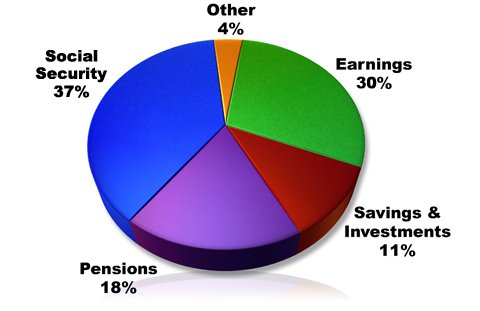Just curious to see how members here structure their AA for funding expenses in retirement.
Do you have enough to totally fund retirement expenses from fixed income sources?
Do you have to rely on systematic withdrawals to cover all expenses - and do you use the 4% 'guideline' or a variation of it?
Or, did you go the low risk route and buy an annuity?
Or - maybe a combination of these?
Looks like for my situation, I will use the systematic withdrawal approach - just not enough saved to go fixed income and cover all expenses.
Do you have enough to totally fund retirement expenses from fixed income sources?
Do you have to rely on systematic withdrawals to cover all expenses - and do you use the 4% 'guideline' or a variation of it?
Or, did you go the low risk route and buy an annuity?
Or - maybe a combination of these?
Looks like for my situation, I will use the systematic withdrawal approach - just not enough saved to go fixed income and cover all expenses.

